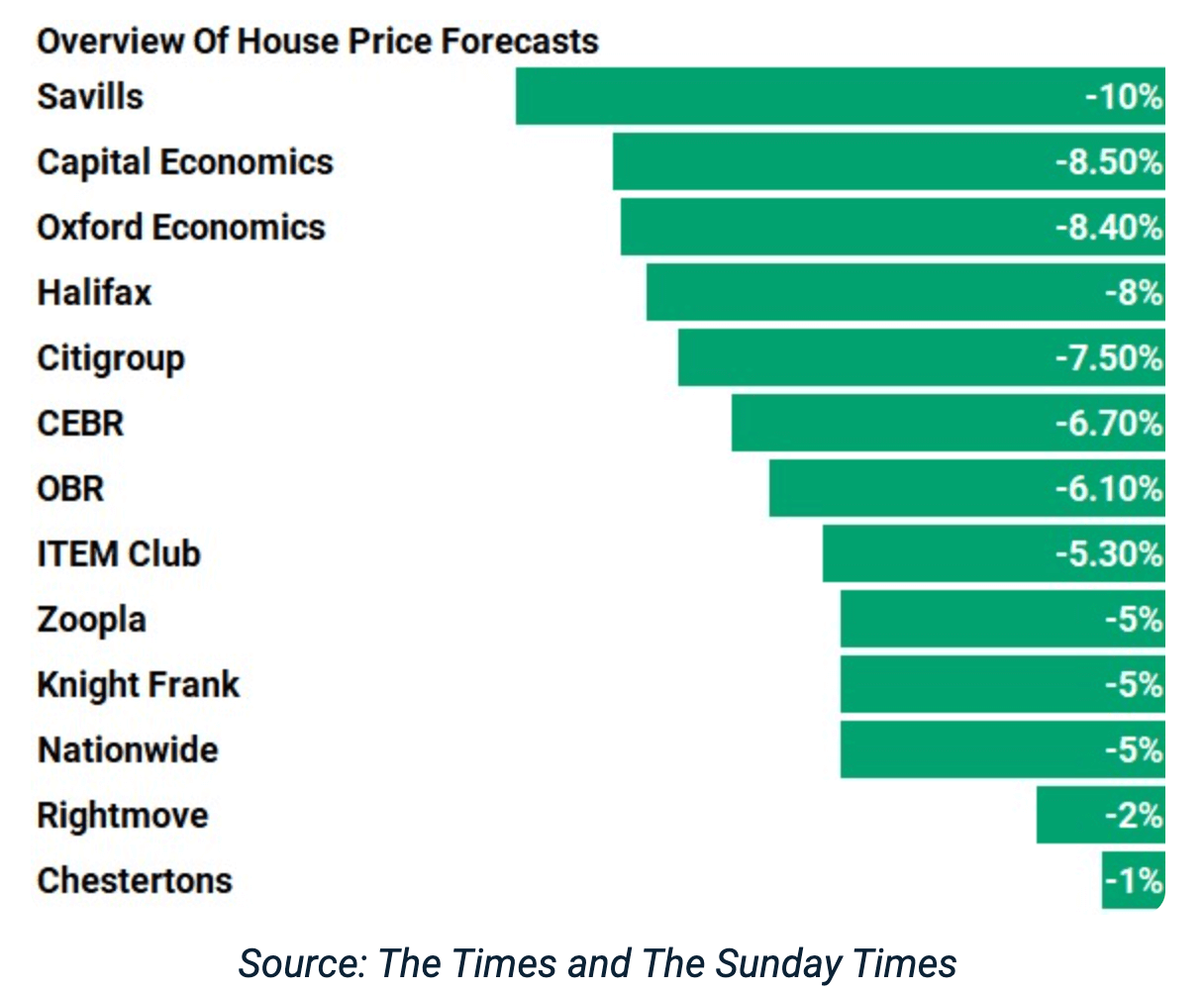End Your Assured Shorthold Tenancy with a Section 21 Notice
This notice serves as a termination of tenancy, as the landlord requires their property back. The tenant must be given at least two months’ notice. To ensure a compliant and hassle-free end-of-tenancy process, we offer our Section 21 Notice Pack, which includes all essential legal forms and guidance.
Section 21 Notices
Section 21 Notices, which are formally known as Notices of Possession under Section 21 of the Housing Act 1988, are crucial legal tools used by landlords to inform tenants that their assured shorthold tenancy agreements are coming to an end and that they must vacate the property within a specified timeframe.
While the UK government is considering abolishing Section 21 Notices, they remain essential for landlords to manage tenancy terminations and ensure orderly property management.
What is a Section 21 Notice?
A Section 21 Notice is a legal document that landlords use to inform their tenants that they require possession of the property that is being rented. Typically, this notice is given at least two months in advance and specifies the date the tenant is expected to vacate the property. It is used when the landlord has no specific reason to evict the tenant, such as rent arrears or breaches of the tenancy agreement.
When to Use a Section 21 Notice
Landlords can use a Section 21 Notice to evict their tenants in specific situations:
- The landlord has decided not to renew the fixed-term tenancy agreement that has ended.
- The tenancy is currently periodic, and the landlord intends to terminate it.
- The tenant has not paid their rent for at least two months.
- “The tenant has violated one of the terms mentioned in their tenancy agreement.”
How to Serve a Section 21 Notice
A Section 21 Notice must be served in writing, personally or by recorded post. The notice must be served at least two months before the date the landlord wants the tenant to vacate the property.
What is Included in a Section 21 Notice?
A Section 21 Notice must include the following information:
Please provide the following information:
- – The name and address of the landlord.
- – The name and address of the tenant.
- – The address of the rental property.
- – The date the landlord requires the tenant to vacate the property.
- – The reason for eviction, if applicable.
- – A statement informing the tenant of their right to challenge the notice.
What Happens if a Tenant Challenges a Section 21 Notice?
If a tenant contests a Section 21 Notice, the landlord may have to apply to court for an eviction order. The court will review the evidence from both parties and decide whether to grant the order.
How to Avoid Disputes with Tenants
Landlords can avoid disputes with tenants by:
- We are serving Section 21 Notices correctly.
- I am keeping records of all communications with tenants.
- I am seeking legal advice if necessary.
Protect Your Rights with Our Section 21 Notice Pack
Don’t risk a messy dispute or, worse, in court. Get your premium and up-to-date Section 21 Notice Pack today and ensure you end your tenancy with the RIGHT legal forms and fill them out correctly.
- You can use a prescribed template to fill in and print a comprehensive Section 21 Notice.
- A checklist for serving a Section 21 notice, including all necessary information.
- Section 21 covers a letter that can be used to explain the notice to your tenant. This letter is a guide only and should be amended to meet your needs.
- You must complete a certificate of service form to prove you have served the notice correctly.
- Here is a free tenancy agreement template that you can use for your next tenant.
Download your Section 21 Notice Pack today and avoid costly mistakes!
FAQs for Landlords Regarding Section 21 Notices
-
What is a Section 21 Notice?
A Section 21 Notice is a legal notification a landlord can serve to end an assured shorthold tenancy in England and Wales under the Housing Act 1988.
-
When can landlords use a Section 21 Notice?
After the initial fixed term of an assured shorthold tenancy has ended, landlords may issue a Section 21 Notice or do so at any point during a periodic tenancy.
-
How do I serve a Section 21 Notice?
To serve a Section 21 Notice, the landlord must provide the tenant with a written notice giving them a two-month notice period to vacate the property.
-
What must I include in a Section 21 Notice?
A Section 21 Notice should include the tenant’s full name, the rental property’s address, the date the notice is served, and the date the tenant must vacate the property.
-
What happens if a tenant challenges a Section 21 Notice?
If a tenant challenges a Section 21 Notice, the dispute may lead to a court hearing where the landlord must prove that the notice was served correctly and all legal requirements were fulfilled.
-
How can I avoid disputes with tenants when using a Section 21 Notice?
To minimise disputes, landlords should ensure that the notice is legally compliant, served correctly and that all required documents have been provided to the tenant.
-
What is the difference between a Section 21 Notice and a Section 8 Notice?
A Section 21 Notice is a ‘no-fault’ eviction notice that does not require the landlord to state a reason for ending the tenancy. In contrast, a Section 8 Notice is served when a tenant breaches the tenancy agreement.
-
What happens if I don’t have a Section 21 Notice pack?
If a landlord does not possess a Section 21 Notice pack, they can download it from the UK government website.
-
Can I get help from a lawyer with a Section 21 Notice?
It is advisable to seek guidance from a legal professional when serving a Section 21 Notice.
-
Where can I find more information about Section 21 Notices?
Detailed landlord and tenant law information can be found through the UK government’s official website, legal advisory services, or consultation with a solicitor.
-
What is the notice period for a Section 21 Notice?
The notice period for a Section 21 Notice is usually two months.
-
Can I end a tenancy early using a Section 21 Notice?
With both parties consent, It is possible to use a Section 21 Notice to end a fixed-term tenancy before its agreed expiration.
-
What should I do if my tenant does not vacate the property after I have served them with a Section 21 Notice?
If the tenant does not leave by the end of the notice period, the landlord must seek a court order for possession.
-
Can I evict my tenant without a Section 21 Notice?
No, evicting a tenant without a Section 21 Notice or a court order is illegal.
-
What is the purpose of a Section 21 Notice?
A Section 21 Notice is a legal means for landlords to reclaim their property at the end of a tenancy or during a periodic tenancy without demonstrating any fault on the tenant’s part. Its purpose is to provide landlords with a straightforward and reliable method to regain possession of their property.
-
What happens if my tenant refuses to leave the property after I have obtained an order for possession?
After a court has granted an order for possession, if the tenant refuses to leave, the landlord can request court-appointed bailiffs to enforce the eviction physically.
-
Can I use a Section 21 Notice to evict a lodger?
Section 21 Notices cannot be used to evict lodgers.
-
What should I do if I have any questions about Section 21 Notices?
It’s advisable to seek the guidance of a qualified solicitor or legal expert specialising in landlord and tenant law for specific questions or legal advice regarding Section 21 Notices.
-
What are the benefits of using a Section 21 Notice?
The benefits of this streamlined process include the ability to regain property possession without proving tenant fault. This process may also be faster than contested evictions under Section 8.
-
What are the risks of using a Section 21 Notice?
Risks may arise due to legal challenges in correctly serving the notice or meeting legal requirements, causing delays and additional expenses.
-
How can I increase the chances of my tenant vacating the property voluntarily after I have served them with a Section 21 Notice?
To increase the chances of a tenant leaving of their own accord, it’s crucial to maintain transparent and empathetic communication while offering assistance in finding new accommodation.
-
What should I do if concerned about a tenant’s reaction to a Section 21 Notice?
If there are concerns about the tenant’s reaction, approach the situation sensitively and communicate clearly and respectfully.
-
What additional things should landlords be aware of when using Section 21 Notices?
Landlords must follow the correct procedures and legal requirements while preparing for potential tenant disputes. It’s essential to adhere to all responsibilities and duties as a landlord throughout the eviction process.
However, please note that the information provided here is for general guidance only and may not be up-to-date or applicable to your situation.
You should seek professional legal advice or consult a solicitor or expert specialising in landlord and tenant law to ensure compliance with current legal standards and address any specific concerns or questions.
Legal advice can provide personalised guidance based on your circumstances and help ensure you are fully knowledgeable and protected in your tenant interactions.
End Your Assured Shorthold Tenancy with a Section 21 Notice
This notice serves as a termination of tenancy, as the landlord requires their property back. The tenant must be given at least two months’ notice. To ensure a compliant and hassle-free end-of-tenancy process, we offer our Section 21 Notice Pack, which includes all essential legal forms and guidance.
TENANCY AGREEMENT
SECTION 21 NOTICE
RENEWAL OF TENANCY AGREEMENT
SECTION 8 NOTICE
LODGER AGREEMENT
COMPLETE LANDLORD PACK
GUARANTOR PACK
PROPERTY INVENTORY
COMPANY LET AGREEMENT
ABOUT US – TESTIMONIALS – PRIVACY POLICY – TERMS AND CONDITIONS – CONTACT US



